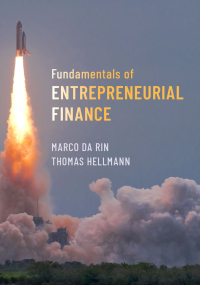Value of $66,000, a stated rate of interest of 6 percent, and a five-year term to maturity. Interest is payable in cash on December 31 of each year. The effective rate of interest was 8 percent at the time the bonds were issued. The bonds sold for $60,730. Parker used the effective interest rate method to amortize the bond discount Required a. Prepare an amortization table. b. What item(s) in the table would appear on the Year 4 balance sheet? c. What Item(s) in the table would appear on the Year 4 income statement? d. What item(s) in the table would appear on the Year 4 statement of cash flows? Complete this question by entering your answers in the tabs below. Req A Reg BtoD Prepare an amortization table. (Round your intermediate calculations and final answers to the nearest whole dotlar amount.) Cash Payment Interest Expense Discount Amortization Carrying Value 60,730 61,628 3,960 4,858 898 Date January 1, Year 1 December 31, Year 1 December 31, Year 2 December 31, Year 3 December 31, Year 4 December 31. Year 5 Tots 3,960 4,856 898 On January 1, Year 1, Parker Company issued bonds with a face value of $66,000, a stated rate of interest of 6 percent, and a five-year term to maturity. Interest is payable in cash on December 31 of each year. The effective rate of interest was 8 percent at the time the bonds were issued. The bonds sold for $60,730. Parker used the effective interest rate method to amortize the bond discount. Required a. Prepare an amortization table, b. What item(s) in the table would appear on the Year 4 balance sheet? c. What item(s) in the table would appear on the Year 4 income statement? d. What item(s) in the table would appear on the Year 4 statement of cash flows? Complete this question by entering your answers in the tabs below. Reg A Rea B to D b. What Item(s) in the table would appear on the Year 4 balance sheet? c. What item(s) in the table would appear on the Year 4 income statement? d. What Item(s) in the table would appear on the Year 4 statement of cash flows? (Round your intermediate calculations and final answers to the nearest whole dollar amount.) Show less b. Carrying value c. Interest expense d. Cash outflow for interest








